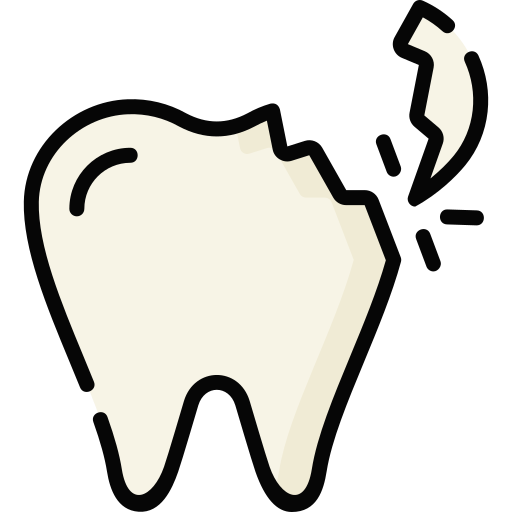
Restorative Dentistry
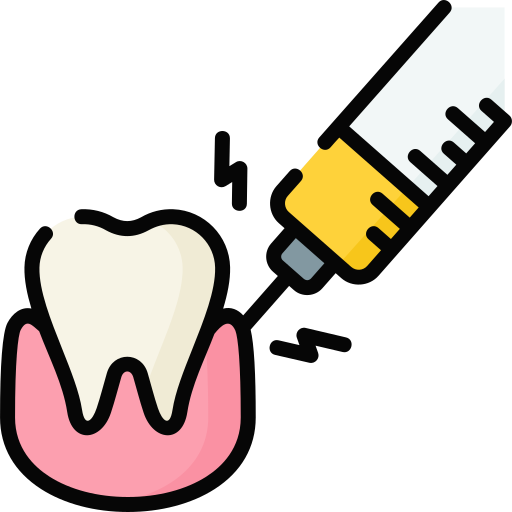
Endodontics
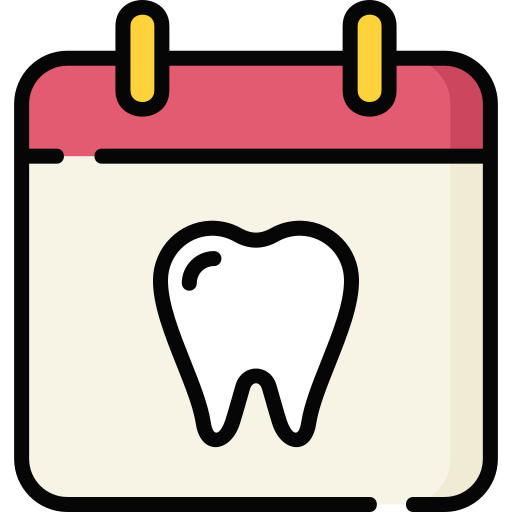
Diagnostic & Preventive Services

Periodontics

Cosmetic Dentistry
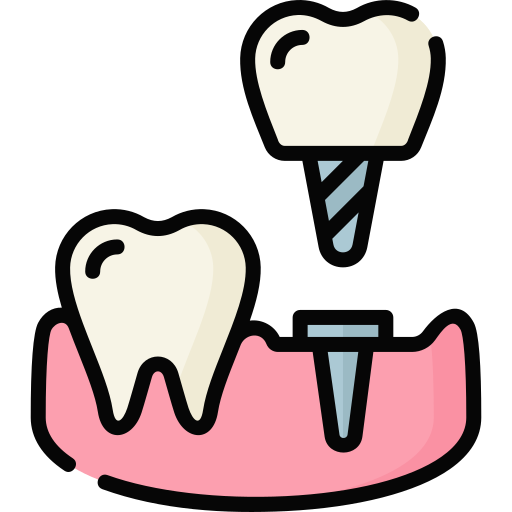
Implant Dentistry

Emergency Dentistry

Orthodontics
Periodontics
We take care of your gums to preserve your teeth.
Much like a turtleneck tightly encircling your neck, your bone and gum tissue should fit snugly around your teeth. When you have periodontal disease, supporting tissue and bone around the teeth are destroyed and pockets develop. Over time these pockets become deeper and create more room for bacterial plaque to form and invade under the gum. This results in further bone and tissue loss around the teeth and can eventually lead to tooth loss. Deep periodontal pockets cannot be adequately cleaned with daily home care.
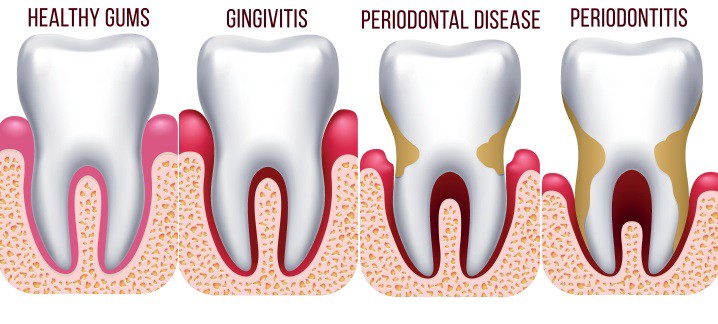
Types of treatments

Scaling and Root Planning
Scaling and root planing, also known as conventional periodontal therapy, non-surgical periodontal therapy or deep cleaning, is a procedure involving removal of dental plaque and calculus (scaling or debridement) and then smoothing, or planing, of the (exposed) surfaces of the roots, removing cementum or dentine that is impregnated with calculus, toxins, or microorganisms, the etiologic agents that cause inflammation. It is a part of non-surgical periodontal therapy. This helps to establish a periodontium that is in remission of periodontal disease. This deep cleaning has two parts. Scaling is when your dentist removes all the plaque and tartar (hardened plaque) above and below the gumline, making sure to clean all the way down to the bottom of the pocket. Your dentist will then begin root planing, smoothing out your teeth roots to help your gums reattach to your teeth. Scaling and root planing may take more than one visit to complete and may require a local anesthetic. After a deep cleaning, you may have pain for a day or two and teeth sensitivity for up to a week. Your gums also may be swollen, feel tender and bleed. To prevent infection, control pain or help you heal, your dentist may prescribe a pill or mouth rinse.
See more
Osseous Surgery
Osseous surgery, also known as pocket reduction surgery, is a procedure that gets rid of bacteria living in pockets. During the procedure, a surgeon cuts back your gums, removes the bacteria, and repairs damaged bone. Your dentist may recommend pocket reduction surgery if you have severe gum disease that can’t be treated with antibiotics or root planing. Here’s what you can expect during your surgery: 1.You’ll be given a local anesthetic to numb your gums. 2. The periodontist will make a small incision along your gumline. They’ll then fold back your gums and remove the bacteria underneath. 3. They’ll then smooth down any areas where the bone is damaged or irregularly shaped. 4. If your bone is severely damaged, a periodontal regeneration technique may need to be implemented. These techniques include bone grafts and guided tissue regenerative membranes. 5. Your gums will be sewn back and covered with a periodontal dressing to help manage the bleeding. Osseous surgery has been the gold standard in periodontal care for the past 20 years. This technique consists of open debridement of periodontally affected teeth, removal of bacterial toxins from root surfaces, and removal of diseased tissue from the teeth and adjacent supporting bone. This is accomplished with small access incisions along the necks of the teeth under a local anesthetic. Sutures and a surgical dressing are typically required. Within the past five years, remarkable breakthroughs have occurred which allow us not only to treat periodontal disease, but in many cases reverse it. Risk Factors For Gum Disease You may be familiar with the link between heart disease and gum disease but did you know untreated periodontal disease has been linked to many other serious health risks? Leaving your gum disease untreated should never be an option as gum disease has been linked to an increased risk for: Heart disease Uncontrolled diabetes Pancreatic cancer Pre-term labor Low birth weight babies Dementia and memory loss Cancer of the head or neck Stroke
See more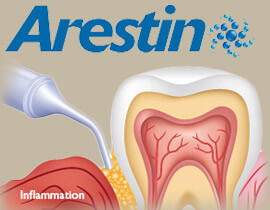
Arestin Treatment
ARESTIN® (minocycline HCl) Microspheres, 1mg is a localized antibiotics that is indicated as an adjunct to a deep cleaning procedure for reduction of pocket depth in patients with adult periodontitis. ARESTIN® may be used as part of a periodontal maintenance program, which includes good oral hygiene and SRP. Arestin is a Locally Administered Antibiotic (LAA) classified under tetracycline antibiotics. The antibiotic is administered during the scaling and root planing procedure to prevent bacteria from developing after the treatment of gum disease. By using both treatment options, our patients get the benefits of two therapies that work simultaneously: Arestin and SRP. These two make it easier to manage periodontitis. Arestin is available in granular form and is safely placed inside the tooth pocket after plaque has been removed from the periodontal pockets. The medication comprises of tiny particles called microspheres, which have antibiotic medicine. Through the polymer hydrolysis process, the tiny holes in the microspheres provide escape routes through which medication is released slowly over the next 21-30 days. This ensures that any bacteria that gets into contact with the medication is eliminated and that gum disease does not reoccur. When placed in a periodontal pocket, Arestin® maintains a high-level of antibiotic right at the gum disease site without exposing the rest of the body to antibiotics. It directly fights the gum disease infection for 14 days.
See moreAchieve all of your oral health and smile goals today
Visit us:
Contact us: